I've looked around at quite a few websites to see if it is possible to make a transistor at home. I found that recently they have successfully "printed" nanocellulose using an ink jet printer (https://hackaday.com/2021/05/12/3d-printed-transistor-goes-green/). However, I doubt that ink would be something you could easily acquire at home.
I wondered why powdered doped silicon printed out of an inkjet wasn't done but I'm guessing it is too porous or something to make it effective. Also the "secret yellow dots" (https://en.wikipedia.org/wiki/Machine_Identification_Code) would probably really mess up your circuit. I looked into fox hole radios (there's a PN junction there) and that is not reliable because you have to find a "hot spot".
While searching stack exchange someone mentioned that DIYers had previously made "point-contact transistors". It appears that it is two pieces of gold foil with germanium in between. As exciting as printing out gold dust slurry and germanium slurry would be on an ink jet... ... would it be possible to use gold foil and germanium foil and a dot matrix printer to "stamp" a transistor out by layering them? I'm sure the best solution is "just try it", but hopefully there is someone that knows the physics well enough to know if it is possible.
